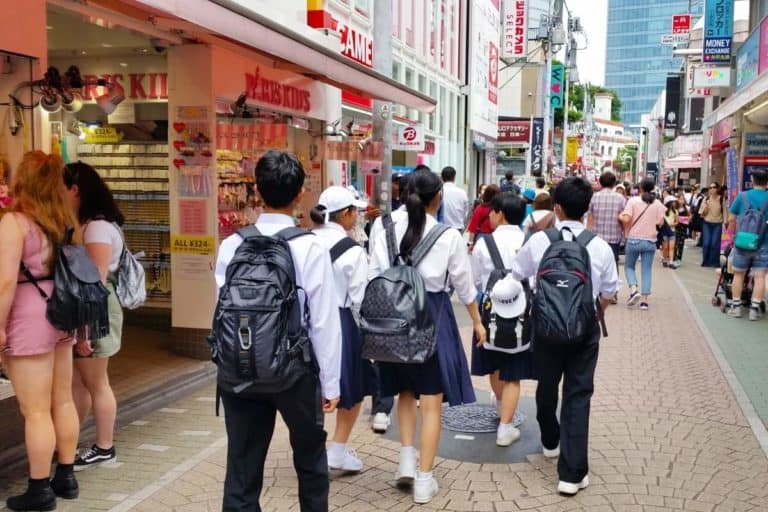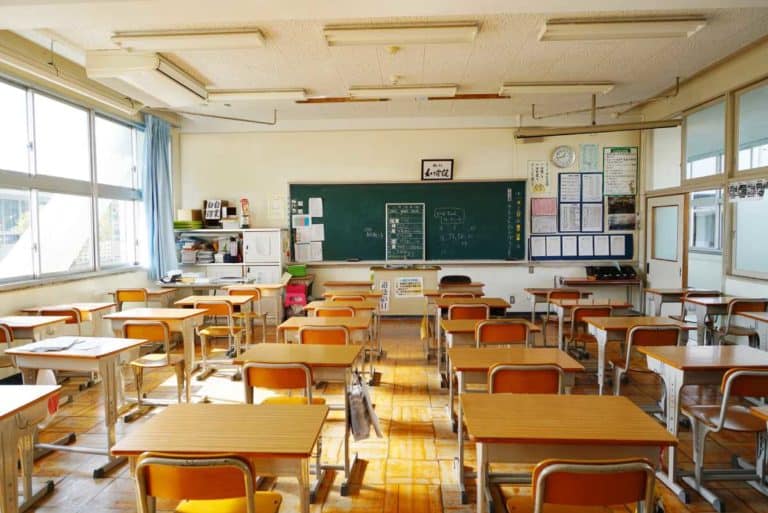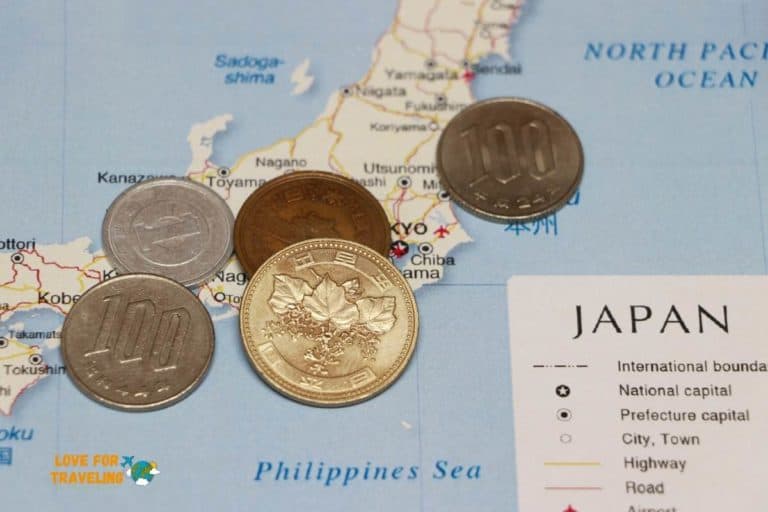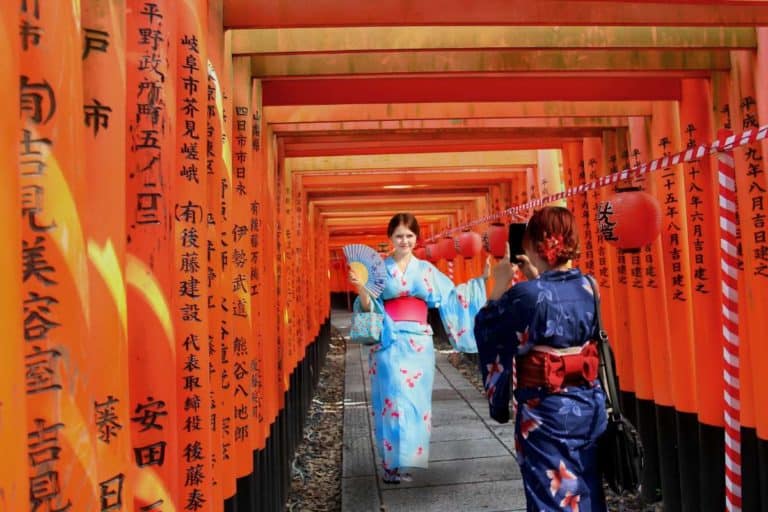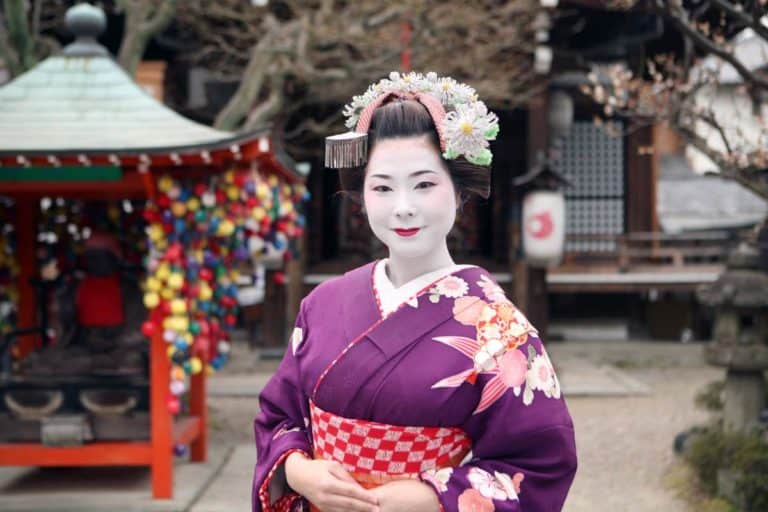Why do All Japanese Schools Look the Same?
A common question newcomers ask Japan is why many schools look the same. The answer can be found in how Japan organized its education.
In the early Meiji Era, Japan sought to modernize its education system to make students literate and build a capable workforce to grow the economy.
It adopted the Prussian Education System, widely respected for its efficiency. This system divided schools into three levels: elementary, middle, and high school.
Each class had its curriculum, and the schools were designed to be very similar so that students would not have to adjust to a new environment when they changed levels.
The Prussian Education System became the model for education worldwide, and many other countries also adopted the three-level system.
Japan was one of the first to do so and has remained unchanged. Most schools in Japan follow this model, although there is more diversity in school design.
So why do they all look the same?
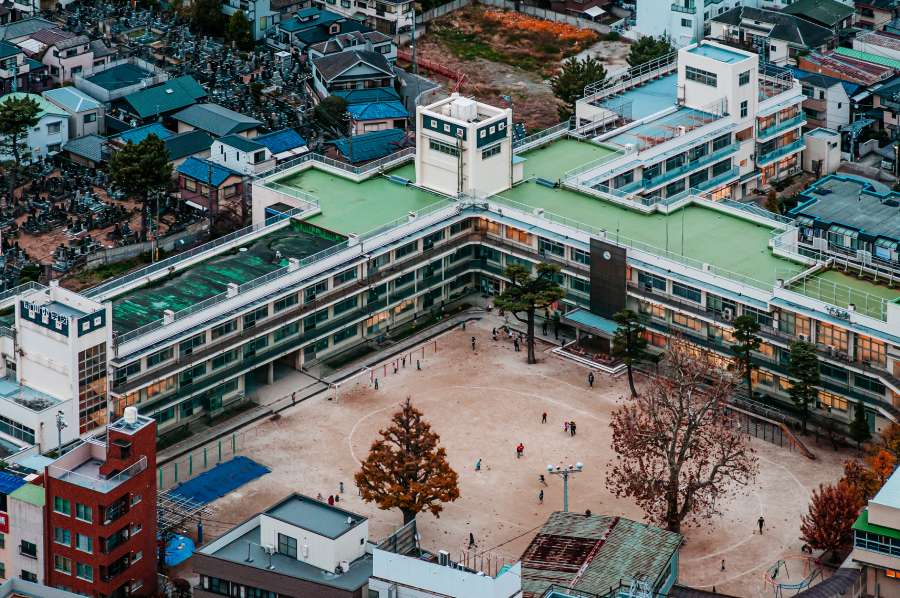
In Japan, all the schools look the same. The government made rules that every school should follow a hundred years ago.
One reason is that the government has been quite strict about school design.
In the early twentieth century, Japan was going through a rapid modernization process, and the government wanted to ensure that schools followed specific standards.
This led to the development of a standardized school design, which is still in use today.
In 1926, the Ministry of Education outlined guidelines for school design, including rules on how the buildings should be laid out and what they should look like.
These rules’ primary purpose was to ensure that all schools were safe from fires and earthquakes.
Schools also had to be simple enough that students could build them themselves in a natural disaster.
While some guidelines have been updated over the years, they still largely dictate how schools are designed in Japan.
And since most people attend the same school from elementary to high school, it’s no surprise that they all look pretty similar.
Are Japanese schools like anime?
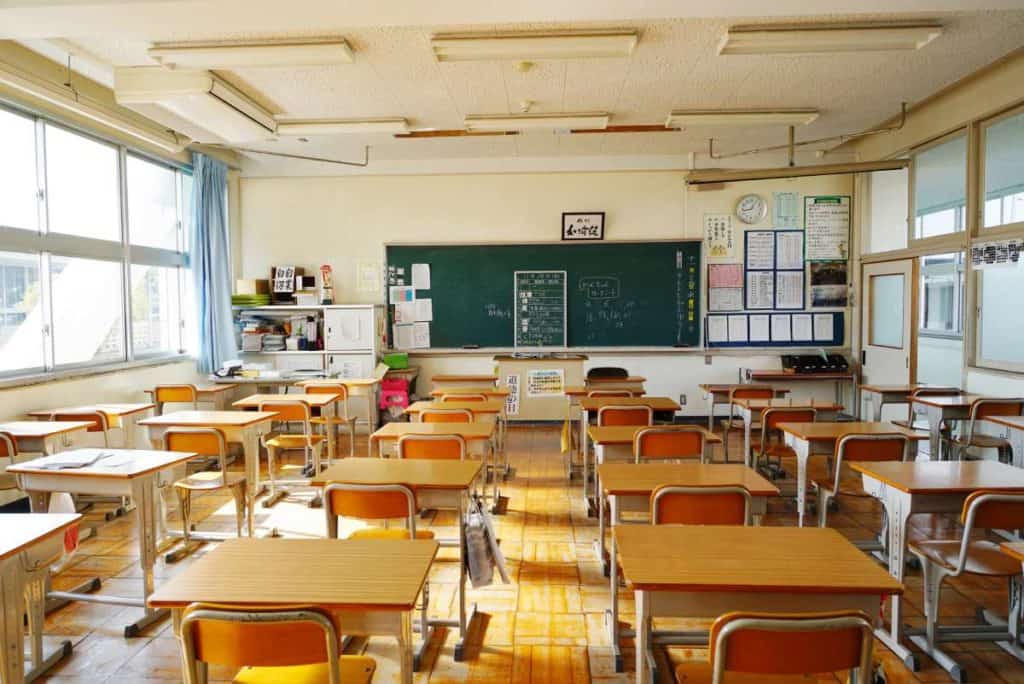
As many anime are set in high school, it’s only natural that the same would be true for Japan. After all, two of the country’s most successful exports are manga and anime.
It makes sense that our idea of a Japanese school would come mainly from their popular culture, right? Not so fast! The answer to this question is a little more complicated than that.
For one thing, there are many different types of schools in Japan. There’s something for everyone, from prestigious private institutions to small local public schools.
However, most people would agree that Japanese schools share some standard features, even if they attend very different schools.
The consensus is that it’s the way they look. You’ll find almost every type of school in Japan, but an overwhelming number share common visual traits.
The most noticeable are large multi-story buildings and roofs with a slight upturn at the corners. These features aren’t unique to Japan, but they’re more common here than in most other countries.
There are a few different explanations for why this is the case.
- One theory is that it’s simply a matter of practicality. Japanese schools are often built on tight urban plots, so designing them to maximize usable space makes sense.
- Additionally, the upturned roof helps to deflect rain and snow, which is essential in a country with severe weather conditions.
Another theory is that the uniformity of Japanese schools reflects the country’s cultural values.
In Japan, there is a strong emphasis on conformity and rules. This can be seen in how schools are run, where uniformity is crucial, and there is a lot of focus on discipline.
It makes sense that the schools would reflect these things in a society that values them.
Whatever the reason, it’s clear that Japanese schools have a unique look that sets them apart from schools in other countries.
While it’s based on practicality, there’s no denying that the aesthetic is also a big part of what makes them so unique.
Why do Japanese schools have fences on roofs?
One of the most distinctive features of Japanese schools is that they all have fences on the roof. This prevents students from escaping and protects them from natural disasters.
Many people are surprised to learn that not all schools in Japan have fences on the roof.
The practice began in the early 20th century after several students escaped from school and were killed in traffic accidents.
Today, almost all Japanese schools have fences on the roof, a safety measure. The bars also help to protect the school from natural disasters, such as typhoons and earthquakes.
Some argue that the fences are unnecessary, as the chances of escaping are minimal. However, the barriers are essential in keeping students safe, and they are unlikely to be removed anytime soon.
How is school different in Japan?
When you first enter any Japanese school, whether public or private, you will immediately notice one thing: uniformity.
All students wear the same uniform, and all teachers wear the same uniform.
Coincidentally, there seems to be a uniform for everything else at school: desks, chairs, pencil cases, book bags, and even lockers!
There is a consistent schedule where students take turns at lunch so everyone has enough time to eat.
In America, students wear various clothes, from casual baggy jeans and t-shirts at public schools to the more “dressy” khakis and polo shirts in private schools.
However, students always wear uniforms, and teachers can be spotted carrying the same bag in the same color and design.
The uniform in Japan is not just for simplicity’s sake. Perhaps this is to remind students that they are all partakers in the same passion, something like “we’re all in this together.”
When students get to school, they are expected to take off their shoes and wear slippers before going inside. This is called “changing your environment” and reminds people that they should be humble in front of others.
Difference between Japanese Schools and Other Countries
Many other things are different about how schools are run in Japan compared to other countries.
For example, class sizes are generally smaller, and teachers focus more on the individual student than the whole group.
In America, classes are not uncommon to have 25 or even 30 students because school budgets tend to be tight.
On the other hand, Japanese schools typically only have 15-20 students per teacher.
Another difference is the time teachers spend with their students at school.
The focus on the individual student is why Japanese schools are often much quieter than American ones.
Kids can’t speak to anyone except their teacher while in session, which teaches them discipline and respect for their surroundings and seniors.
It takes a lot of time and effort to make sure everything is organized and ready before school starts in the morning.
While all these things may seem like many rules and regulations, it’s important to remember that Japan is orderly and structured.
In America, letting kids be kids and enjoy their time at school is more common.
However, Japanese schools believe that order and discipline are the keys to building good citizens.
The fact that all Japanese schools look so similar might be surprising initially, but it’s just a product of their surroundings.
So next time you visit Japan, if you happen to find yourself in one of their famous “concrete jungles,” remember there is more to these schools than just their appearance.

